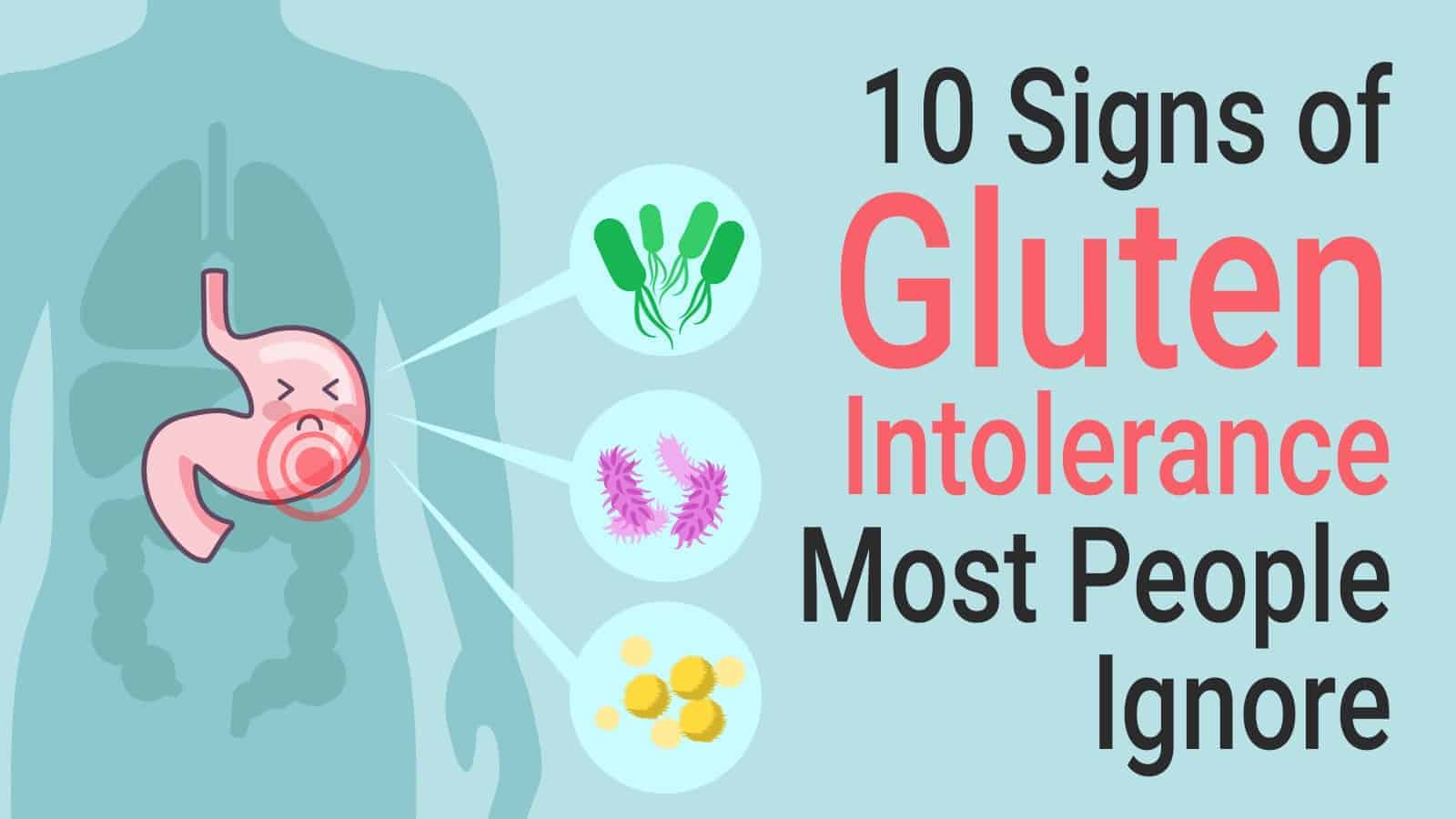
What Are The Symptoms Of Intolerance To Wheat. Symptoms include stomach pain bloating wind diarrhoea skin rashes and itching. Nausea stomach cramps indigestion vomiting or diarrhea. Allergy UK estimates that up to 45 per cent of people in the UK have food intolerance symptoms but allergies to wheat are much less common and affect less than 1 per cent of. Wheat Sensitivity or Non-Celiac Gluten Sensitivity Some individuals presenting clinically with functional bowel symptoms and no organic disease self-report wheat sensitivity.
Wheat intolerance symptoms include bloating joint pain and headache. Some people experience symptoms found in celiac disease such as foggy mind depression ADHD-like behavior abdominal pain bloating diarrhea constipation headaches bone or joint pain and chronic fatigue when they have gluten in their diet yet do not test positive for celiac disease. Nausea stomach cramps indigestion vomiting or diarrhea. Those who report gluten intolerance say regular instances of diarrhea and constipation are a common symptom. The most common wheat allergy symptoms could include. If you suffer from wheat intolerance symptoms can usually be resolved via a wheat-free diet.
Wheat intolerance symptoms include bloating joint pain and headache.
It will usually resolve by the time a person is 12 years of age. There are a few key symptoms that you should be aware of. The most common wheat allergy symptoms could include. Wheat intolerance symptoms may include joint pains headaches and bloating that occurs when undigested wheat produces gases in the intestine and makes the abdomen swell. Wheat intolerance as opposed to the two aforementioned conditions is not an allergic reaction to consumption of wheat or wheat based products. If your celiac disease test is negative but you still have symptoms you may have non-celiac gluten sensitivity.
